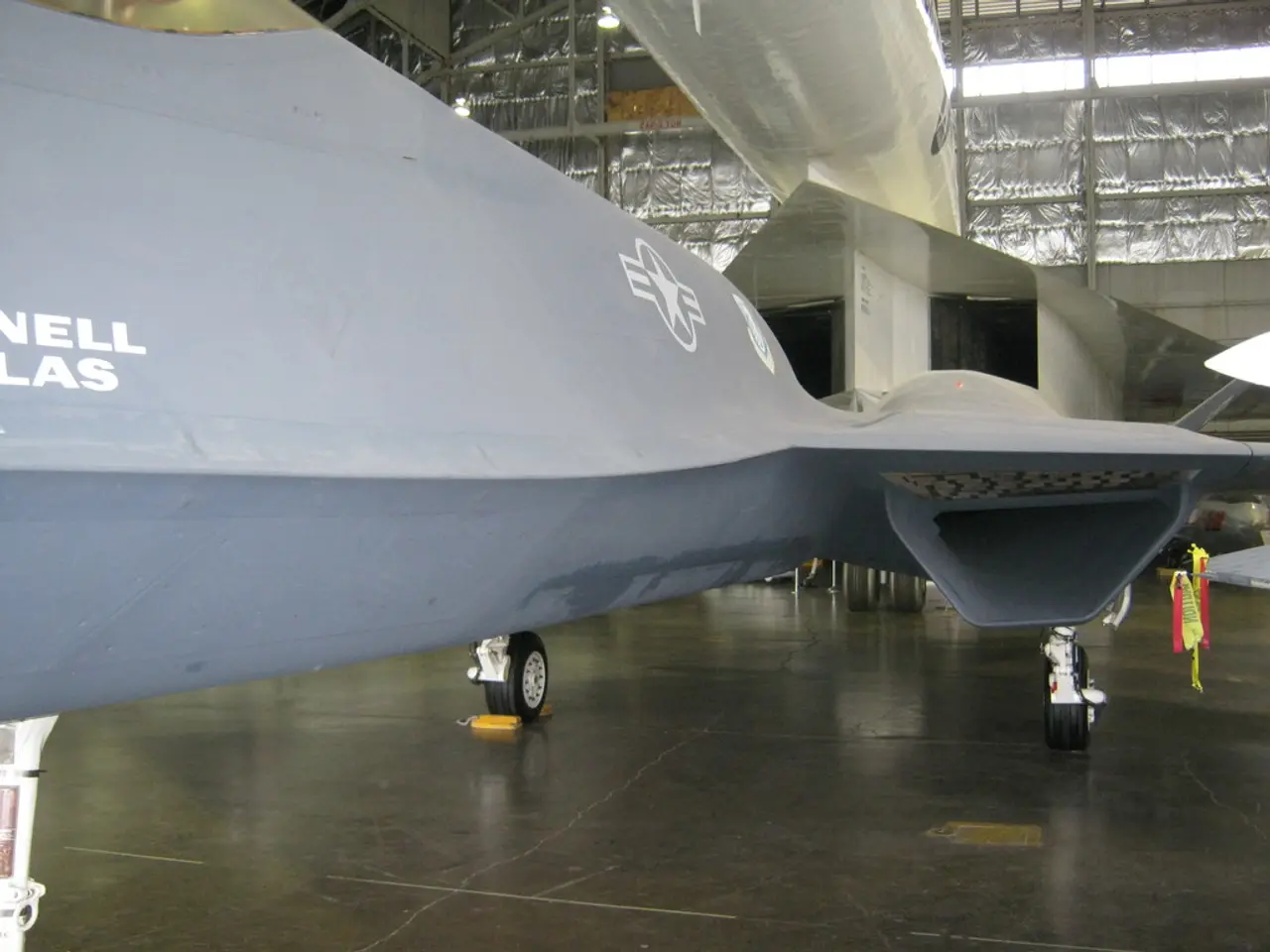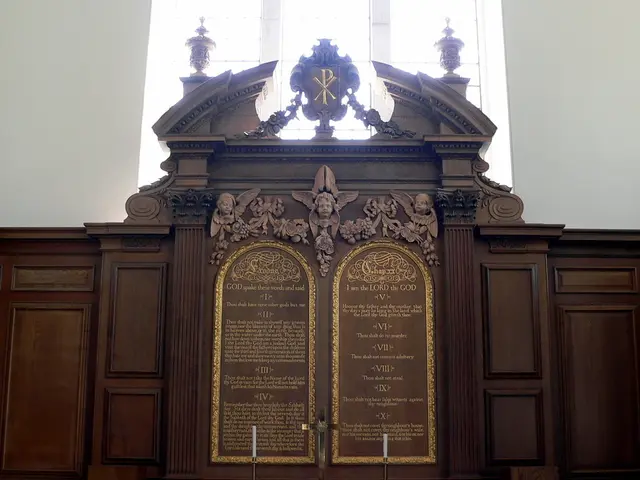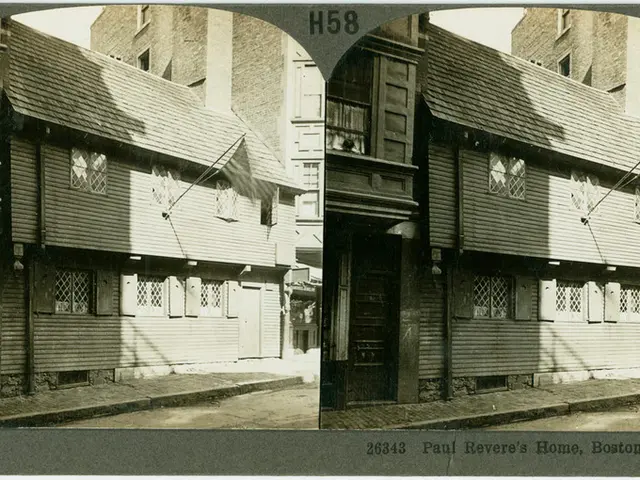U.S. Skies Potentially Prepared for Reintroduction of Supersonic Air Travel
The world of aviation is on the brink of a revolutionary change, thanks to a recent Executive Order signed by President Trump. The order, titled "Leading the World in Supersonic Flight," aims to revive supersonic air travel and reduce flight times significantly.
The order, signed on June 6, 2025, directs the Federal Aviation Administration (FAA) to repeal the longstanding ban on supersonic overland flights by December 3, 2026, and to establish noise certification standards by June 6, 2027. This move is a significant step towards enabling the commercial deployment of supersonic aircraft within the U.S., potentially allowing New York to Los Angeles flights in about three hours.
The FAA is to develop a noise-based certification standard, defining acceptable noise thresholds for takeoff, landing, and en-route supersonic operation based on operational testing and research data. This is a crucial step towards addressing the noise pollution issues that grounded previous generations of supersonic commercial aircraft.
The current developments in the United States for a new generation of supersonic aircraft focus on overcoming past challenges like sonic booms and fuel inefficiency through advanced technologies and updated regulations. Key breakthroughs include "boomless cruise" technology that dissipates sonic booms before reaching the ground, demonstrated by companies like Boom Supersonic, and the NASA-Lockheed Martin X-59 Quiet Supersonic Technology (QueSST) jet.
The X-59, for instance, employs design innovations such as engines mounted on top of the fuselage to minimize noise impact. It also uses an augmented reality External Vision System, replacing the traditional windscreen, to accommodate its unique elongated design that reduces shock waves.
The order's regulatory modernization is critical to enabling the commercial deployment of supersonic aircraft within the U.S. It also mandates steps to harmonize U.S. regulations with international standards via the ICAO and mobilizes federal agencies to coordinate research and development efforts towards safe, sustainable, and commercially viable supersonic flight.
This federal commitment to reviving supersonic air travel is not a new concept. As far back as 1963, President Kennedy announced the creation of the National Supersonic Transport program. Boeing's 733-390 concept, selected for production four years later, was expected to carry nearly twice as many passengers as the Concorde and travel at speeds up to Mach 3. However, the immense cost overruns of the Concorde program led to a higher sticker price on the aircraft than the airlines had initially expected, and the SST revolution never happened.
The Concorde, a supersonic transport plane jointly developed by France and Britain, conducted nearly 50,000 flights between 1976 and 2003. It could fly up to 128 passengers from Paris to New York in just under three and a half hours. However, the demand among airlines was slipping, and there were only 76 orders on the books when the aircraft was ready to start flying passengers. Only 20 Concorde aircraft were built, with Air France and British Airways being the only airlines that actually went through with their orders.
The Concorde's inability to achieve commercial success serves as a reminder of the challenges faced in the past. However, with the recent Executive Order, the U.S. is taking a significant step towards overcoming these challenges and making supersonic air travel a reality for the masses.
[1] Supersonic Flight: The Future of Aviation [2] NASA's X-59 Quiet Supersonic Technology (QueSST) Jet [3] FAA Sets Timeline for Repealing Supersonic Flight Ban [4] President Trump's Executive Order on Supersonic Flight
[1] The recent Executive Order signed by President Trump, titled "Leading the World in Supersonic Flight," is a significant leap for the industry, with finance playing a crucial role in the revival of supersonic air travel.
[2] The development of the NASA-Lockheed Martin X-59 Quiet Supersonic Technology (QueSST) jet, designed to address noise pollution issues and enable a boomless cruise, is an promising venture in both the aerospace and technology sectors.








